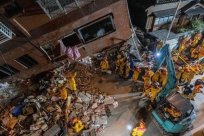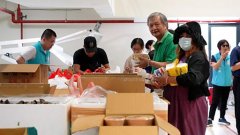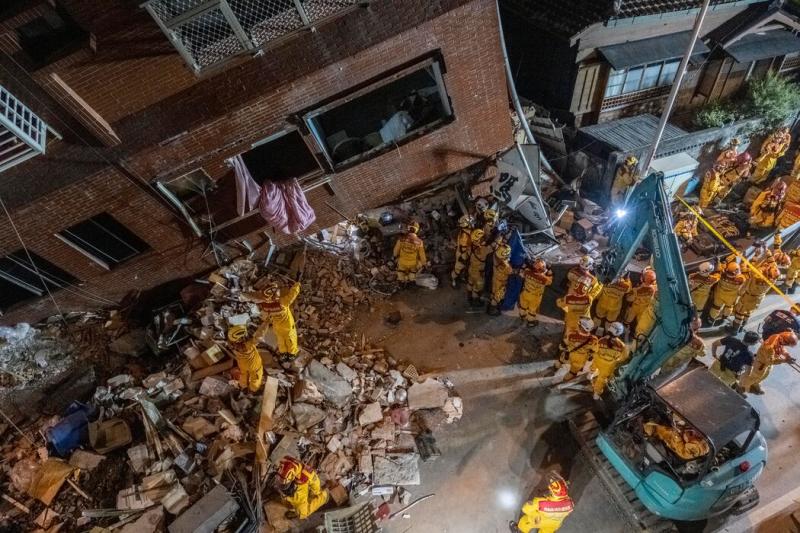
When the largest earthquake in the east coast of Taiwan has occurred in half a century, the building in Hualien, the closest city, shakes.In the next 24 hours of Thursday morning, more than 300 aftershocks shocked the entire island, and the buildings shake again and again.
But in most cases, they still stand still.
Even the two most damaged buildings have basically not collapsed, and residents can climb from high -rise windows to safe places.Among them, the round red brick King Star Building collapsed after the collapse of the first floor, attracting many curious onlookers.
This building reminds people that Taiwan has been fully prepared for the disaster of a magnitude 7.4 earthquake last Wednesday.Perhaps due to the improvement of architectural norms, the improvement of public awareness, and training and rescue operations, coupled with the possible good luck, the number of casualties of this earthquake is relatively low.As of Thursday, 10 people have died, more than 1,000 people have been injured, and dozens of people have disappeared.
Daniel Aluderic, director of the Institute of Global Foccurry, Northeast University, said: "In other society, there are more deaths caused by earthquakes similar to the level." For this earthquake in Taiwan, he also said that he also said"Most of the deaths seem to be due to the landslides and boulders, not the collapse of the building."
As of last Thursday, railway traffic has been restored, including trains to Hualien.The workers trapped in the quarry have been rescued by the helicopter.The road is slowly repairing.Hundreds of people were trapped in a restaurant near a national park, but rescuers and medical staff had arrived at the scene.
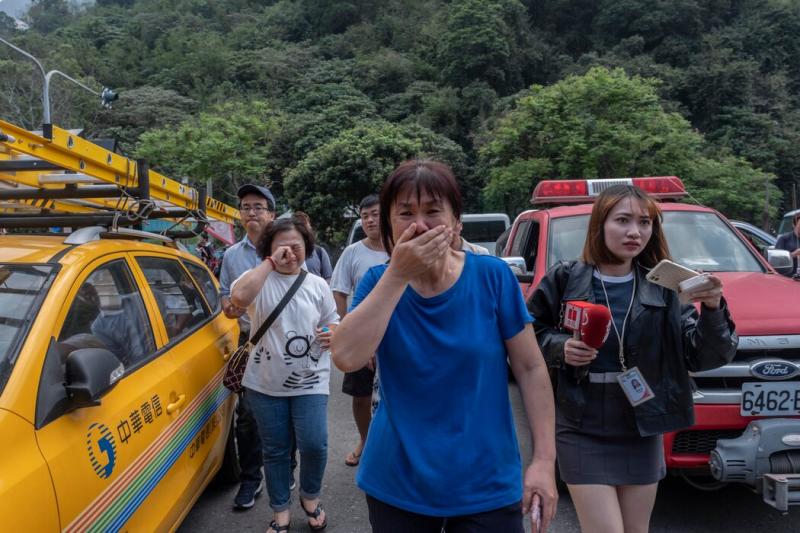
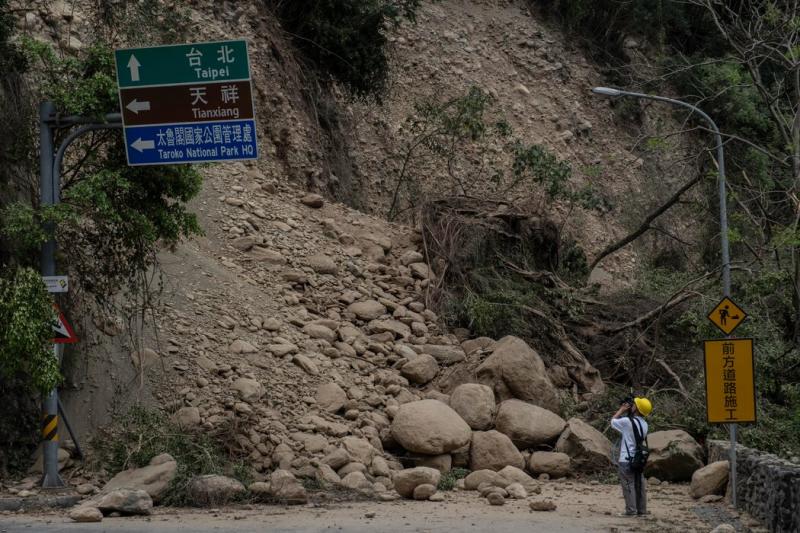
On Thursday, the area around the Tianwang Star Building of Hualien City was blocked, and the construction workers tried to prevent the inclined building from completely collapsed.First of all, they placed a three -legged concrete block similar to the huge Lego bricks in front of the building, and then stacked the soil and stones on these concrete blocks with excavators.
66 -year -old retirement Zhang Meizhu (Yin) and 72 -year -old husband Lai Yongzhi (Yin) ride a motorcycle to the building. She said, "We are here to see how serious the situation is. Why is it tilting tilt?"Mr. Lai said that he was a retired construction worker who had installed hydropower pipes for this building, so he understood the construction standards.He said that the apartment they lived in was located near the Hualien Railway Station and was not severely damaged.
"I don't worry about our building, because I know that they noticed seismic when building. I saw them pouring cement with my own eyes to ensure that everything was lost," Mr. Lai said."Always improve. After each earthquake, they will improve some standards."
Through several neighborhoods, there are almost no obvious traces left by the strong earthquake.Many buildings are intact, some of which are old buildings with wind and frost, and others are modern buildings with multi -layer concrete glass structures.Stores are open to sell coffee, ice cream and betel nut.Next to the King's Star Building, a popular night market has opened a business on Thursday evening, where there are snack stalls selling foods such as fried seafood, dumplings and sweets.
Taiwan is located on multiple active faults, and the earthquake is inevitable.For decades, Taiwan has learned lessons from other disasters, implemented strict architectural norms, and raised public awareness. These have helped the public to resist a strong earthquake in frequent occurrence.
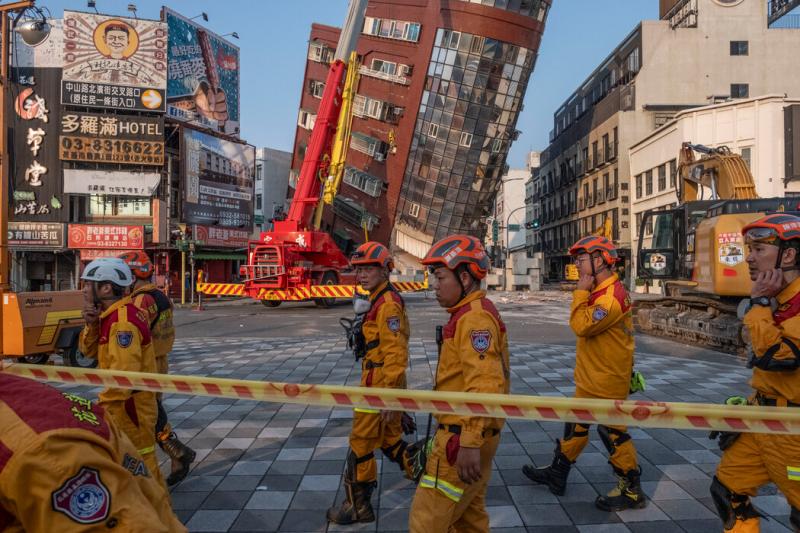
For example, not far from the Heavenly King Star Building, officials checked a cracked building in the pillars, and it was determined that staying in it was dangerous.Residents rushed into the building for 15 minutes and took them as much as possible.Some people ran out with a computer, while others threw a bag of clothes from the window to the street. There were crushed glass and cement fragments left on the streets everywhere on the street.
One of the residents of the building and the missionary of the church next door, Chen Qingming (sound) said that he believed that the building might be demolished.He hurriedly took a TV and some bedding from the building. These things are now piled on the sidewalk, and he is preparing to go back to get more items."I will lose a lot of valuable things -refrigerators, microwave ovens, washing machines," he said."Nothing."
Since 1974, earthquake demand has been included in Taiwan's architectural specifications.In the following decades, the makers of Taiwan's architectural norms also borrowed from other large earthquakes (including Mexico and Los Angeles) around the world to strengthen Taiwan's architectural norms.
The "1991 Earthquake" in 1999 caused more than 2,400 deaths and at least 10,000 injuries. The authorities reviewed and reinforced thousands of buildings built before the earthquake.After a strong earthquake in Hualien in 2018, the government ordered a new round of construction inspections.Since then, the authorities have been updated many times.
"In the past 20 years, we have transformed more than 10,000 school buildings," said Zhou Zhongzhe, director of the Taipei National Earthquake Engineering Research Center.
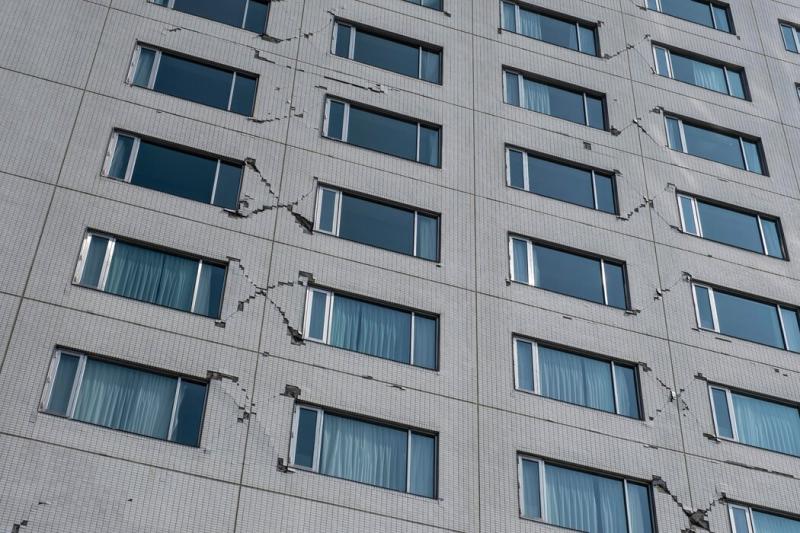
Zhou Zhongzhe said that in the past six years, the government has also helped strengthen the private apartment building by adding new steel support and the size of bold pillars and beams.He said that near the collapsed buildings in Hualien, some old buildings transformed in this way were spared in the earthquake on Wednesday.
All of this result is that even the tallest skyscraper in Taiwan can withstand conventional earthquakes.The Taipei 101 Building is the most iconic building in Taipei and was once the tallest building in the world. Its design can resist typhoons and frequent earthquakes.Nevertheless, some experts said that more measures need to be taken to reinforce or remove buildings that do not meet the standards. After the recent earthquake, this voice is getting higher and higher.
Another important reason for Taiwan to protect its infrastructure is that most of the world's largest advanced computer chip manufacturer TSMC is carried out in Taiwan.From smartphones to cars, to fighter's electronic products supply chain depends on the products of TSMC, these factories produce these chips in the facilities built billions of dollars.
The earthquake in 1999 also prompted TSMC to take additional measures to protect the factory from damage to the earthquake.The company made major structural adjustments and adopted new technologies such as early warning systems.In February 2016, when a earthquake occurred in the southern city of Kaohsiung, TSMC's two factories near the area were safe, and no structural damage occurred.
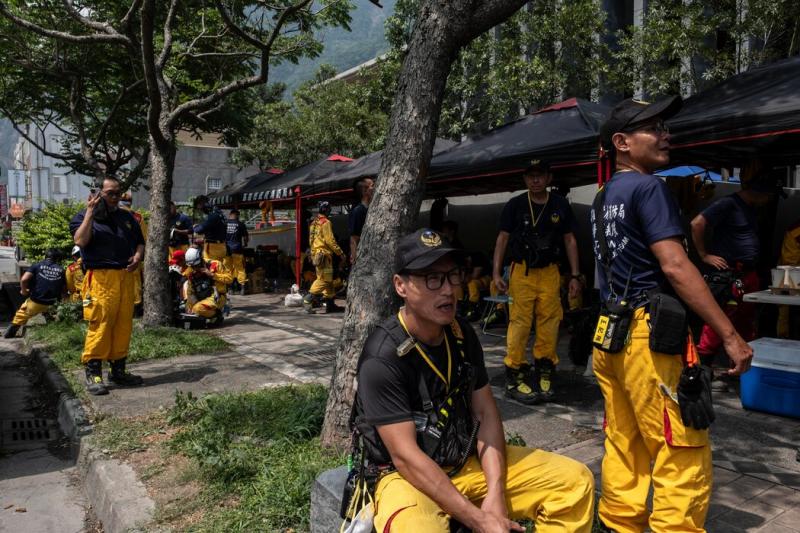

Experts said Taiwan has made great progress in responding to disasters.Within the first 24 hours after the earthquake, the rescuers rescued hundreds of people. They were trapped in the cars between the highway falling rocks, and some were trapped on the ridge of the quarry.
"After many yearsFor the efforts of capacity building, Taiwan ’s overall performance has improved significantly," said Wang Zhaofeng, an emergency management consultant in Hong Kong. He said that Taiwan ’s rescue teams have begun to specialize in complex rescue work, and they can also use the skills of well -trained volunteers.
Taiwan ’s disaster resistance also stems from a strong civic society here, which is ready for public emergency preparations for various disasters.
Ouchigo (Yin), a member of the Taiwan Veterans Group, is helping to distribute water and other materials at a school in Hualien. This school provides asylum for homeless residents.He said people learned how to prepare at the 1999 earthquake.
"They know to hide in the corner of the room or other more safer places," he said.Many residents will also place a pack of necessities on the bed, and there is a fire extinguisher in the house, he said.
Around him, about a dozen other charity institutions and groups are providing food, money, consulting and child care for residents.The Tzu Chi Foundation of Taiwan's large Buddhist charity provides a tent used in the school auditorium so that they can have more privacy.Huang Yuqi, a disaster management specialist at the foundation, said that non -profit organizations have learned lessons from early disasters.
"Now our disaster prevention work is more systematic and has a better concept," Mr. Huang said.

